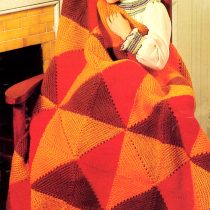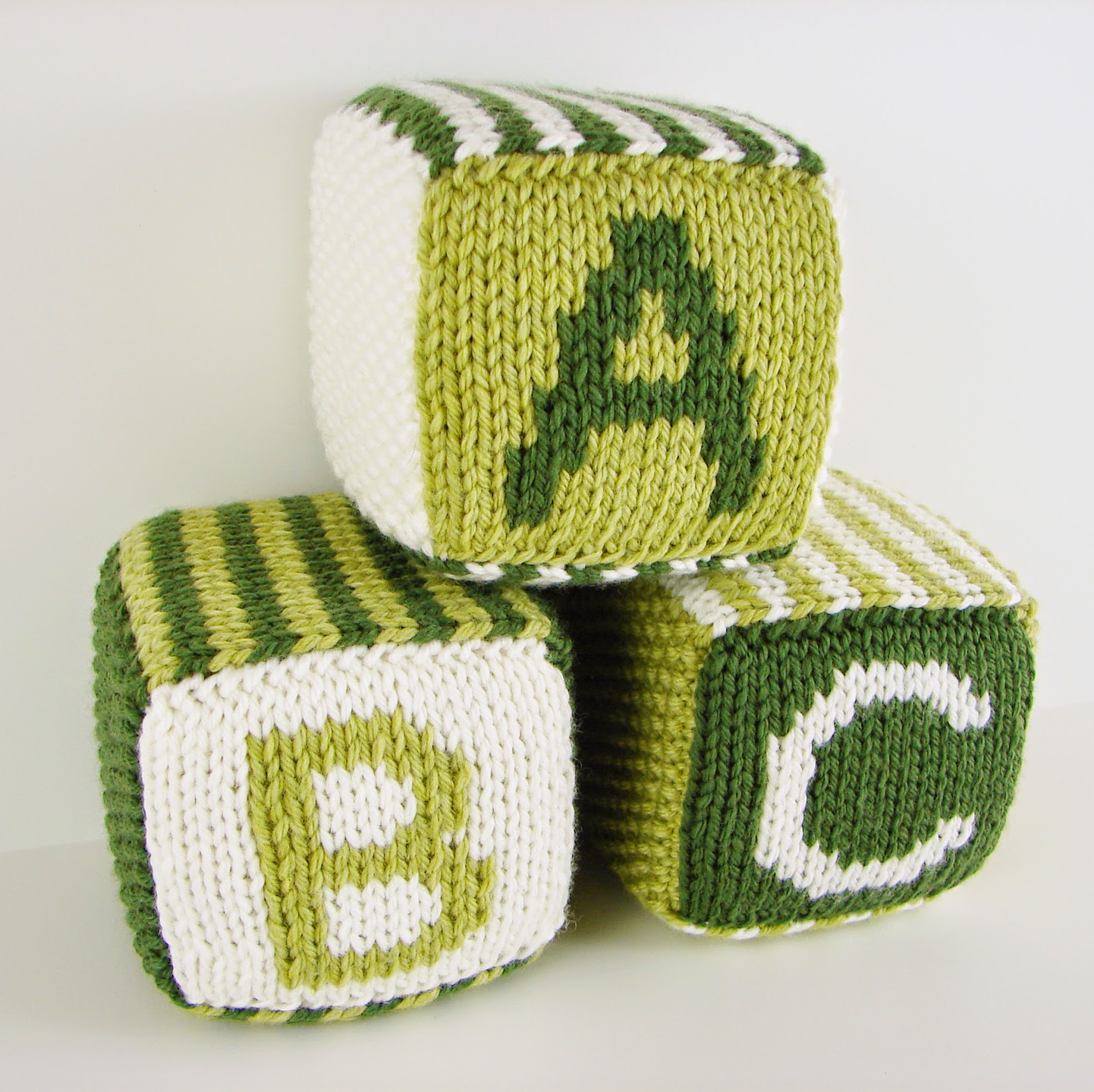
It’s really thick and sturdy but somehow also drapes really well and moves like real fabric. There are a lot of different tunisian crochet stitches and each one is unique! I love that the surface of the work has very little holes. I love the way it can easily mimic the look of knitting or weaving. I am officially obsessed with tunisian crochet! Learning this new crochet technique has opened a door for me into a whole new crochet world I’ve never known. Misting is a good method to try if you are new to blocking or unsure of the fiber you’re dealing with.Tunisian crochet has become super popular! This crochet technique looks a lot like knit – find some amazing Tunisian crochet patterns here. Allow piece to dry completely before moving. Fill a clean mist bottle with water and mist the piece lightly. Lay the piece on the prepared surface and shape to specified dimensions.
#Falling blocks knitting pattern how to#
Knitting Blocking Methods How to Wet Block: Misting Steel blocking wires and a steam iron can also be used for extensive blocking but are not usually required. A mist bottle, like the kind used for plants, is available at hardware and grocery stores. Depending on the size of your project, you may need quite a few. Strong rust-proof, blocking pins, such as T-pins or U-pins, will hold your knitted piece in place. You should have two easily acquired tools on hand before beginning to block your project. Special SpaceBoards and interlocking blocking mats are sold in most craft stores and are very convenient to use, but you can make an acceptable facsimile by placing a large garbage bag or plastic tablecloth over a guest bed or on the floor and placing a heavy bath towel on top of the plastic.ĭon’t have blocking mats on hand? Learn how to make a DIY blocking mat in this Interweave Yarn Hacks video! If there are pets in the house, the best place for blocking may be behind a closed door. The surface should be large enough to allow the piece to be spread out, resistant to water, and located in an out-of-the-way place so that the piece can be undisturbed until it is completely dry. The first decision is to determine where you will block your knits and what surface to use. If the label indicates handwashing and no machine drying, any of the methods listed here could be utilized. If the label gives instructions for machine washing and drying, follow these simple directions for easy blocking.

Care instructions are usually written out or indicated by symbols (see sidebar below). Start by reading the yarn label ( see below). To ensure that you will get the best possible finish for your handknits, be sure to block your swatch to see how the final fabric of your knitting will appear. However, once blocked, these same stitches will “bloom,” filling in the gaps and creating a more solid and substantial fabric. When knit, stitches worked in some fibers appear smaller and the fabric more open and loose. Acrylic and man-made fibers generally return to their pre-blocked shape fairly quickly after the pins are removed and may not be the best choice for an intricate and heavily patterned lace shawl.Īdditionally, many natural fibers “bloom” when blocked. Natural fibers are some of the easiest fibers to block, and they will generally retain the shape and size they have been blocked to until they are re-blocked or they get wet. While all fibers can be blocked and stretched, not all fibers stay in their ‘blocked’ shape. If you have difficulties opening your lace patterns, it could be the fiber used. Keep in mind that some fibers block better than others. However, if you used a different yarn or the directions simply say “block,” you need to determine which blocking method to use. Often the pattern instructions will suggest a method. The type of fiber and the stitch pattern used factor into the best method for blocking your work. Fiber and Knitting Pattern Image from knitscene Handmade 2016. Using your gauge swatches, you can try several blocking methods to determine which method you will use on your finished project. The gauge stated in a pattern is measured after the piece is blocked, so you need to know your blocked gauge in order to make the correct choice of needle size. With a little care and attention, you can transform a crumpled piece of knitting into a beautiful showpiece.Įven though blocking is considered the final step, you should block your swatches before casting on for your project. The process is not complicated, and the results are well worth the effort. Learning about the process of how to block knitting smooths and evens your stitches, sets the final dimensions, and gives your project that professional, finished look.

How to Block Knitting Basics Image from knitscene Handmade 2016.īlocking is the final step of making your project.


 0 kommentar(er)
0 kommentar(er)
